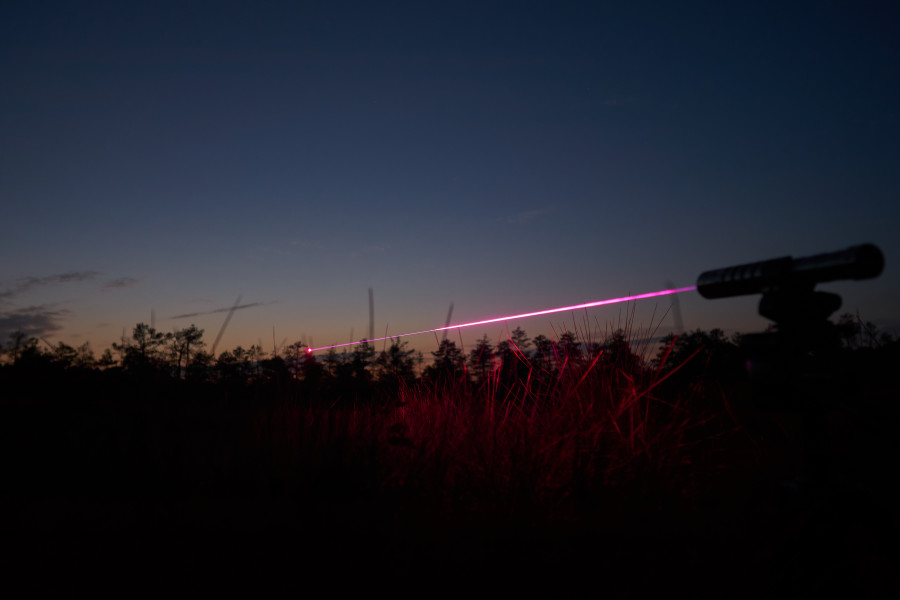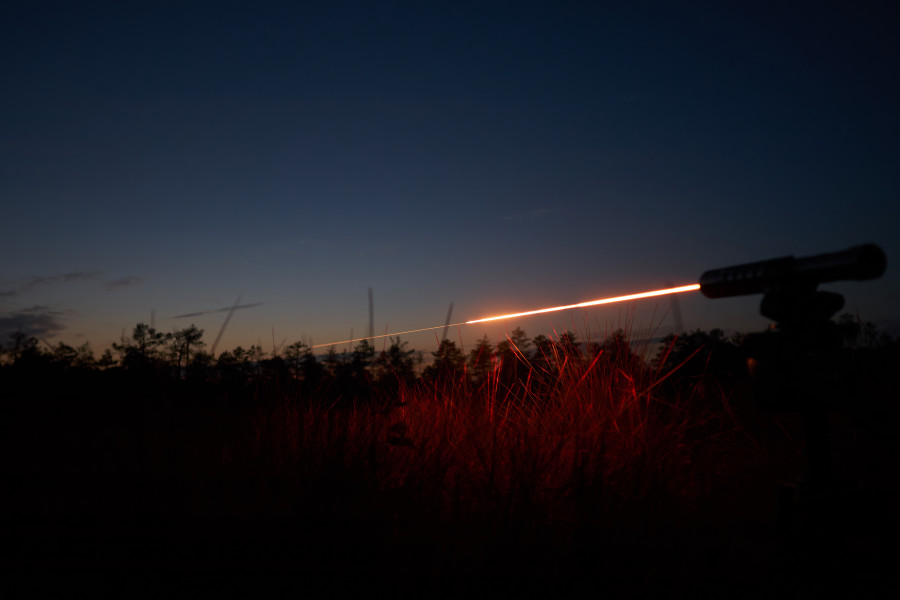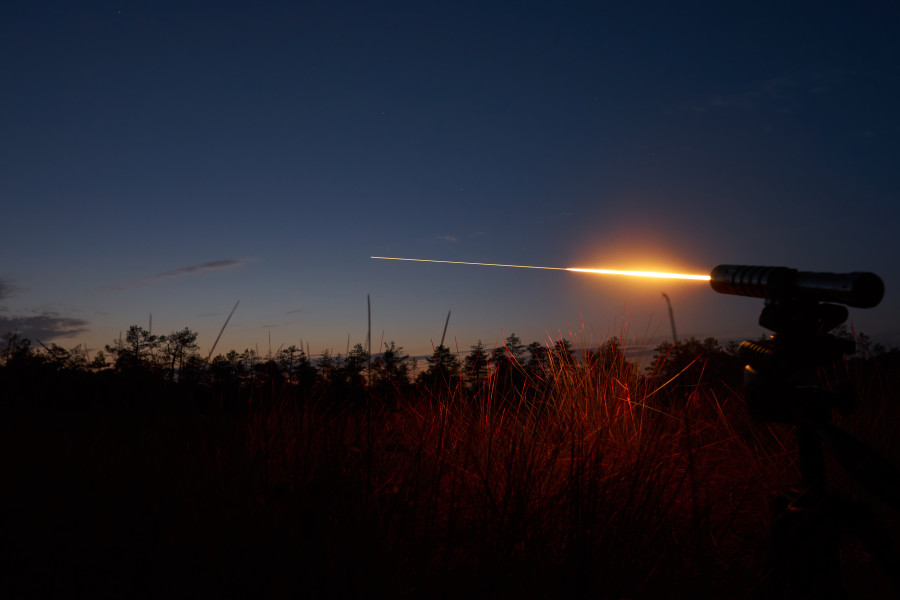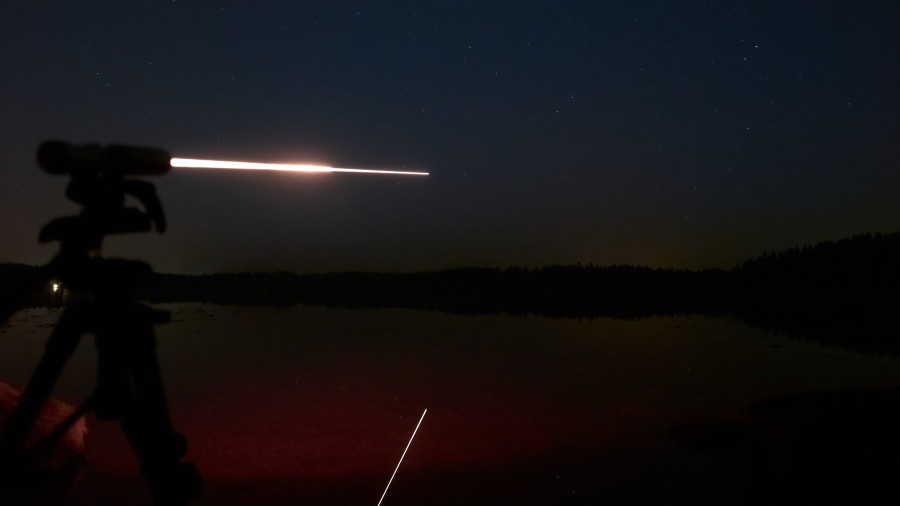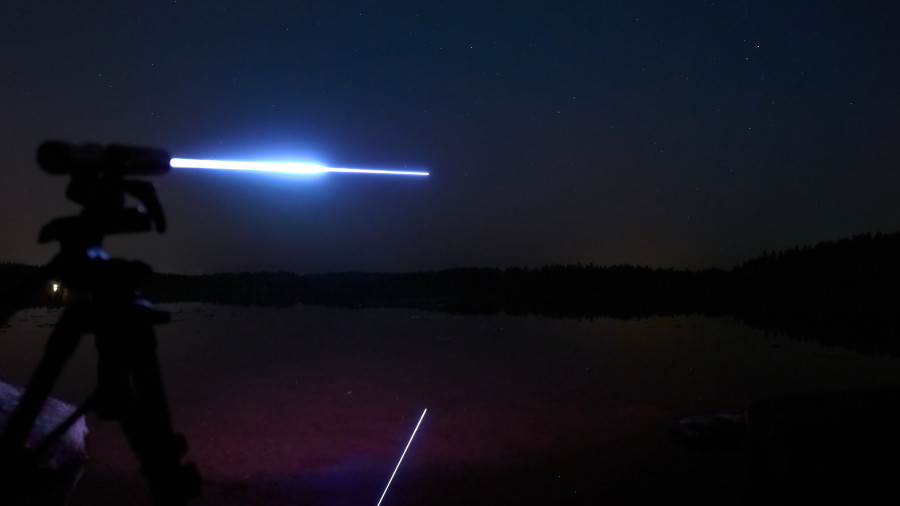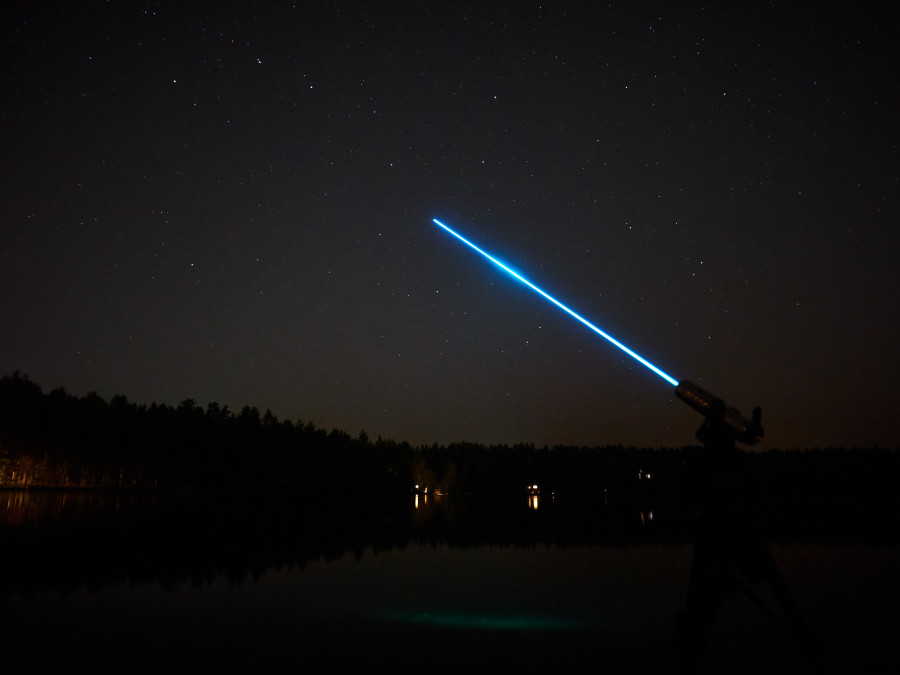
Welcome to Laser Pointer Forums - discuss green laser pointers, blue laser pointers, and all types of lasers
How to Register on LPF | LPF Donations
Navigation
Install the app
How to install the app on iOS
Follow along with the video below to see how to install our site as a web app on your home screen.
Note: This feature may not be available in some browsers.
More options

You are using an out of date browser. It may not display this or other websites correctly.
You should upgrade or use an alternative browser.
You should upgrade or use an alternative browser.
Sanwu RGB review
- Thread starter ArcticDude
- Start date


- Joined
- Sep 20, 2013
- Messages
- 20,284
- Points
- 113
Yes, either a scope or a frequency counter connected to a photodiode or other fast recovery photo device could answer the question about PWM and the frequency. I would like to know as it does make a difference and you really can't hide it from determined scrutiny.
- Joined
- Jun 22, 2016
- Messages
- 2,686
- Points
- 113
You could measure the frequency if you have an oscilloscope and a photodiode or similar.
What bothers me most about PWM is that even when the laser is in low brightness mode it is still dangerous.
The dimmer is transformed from PWM to analog output to laser
Here is your answer ^---^
- Joined
- Jun 22, 2016
- Messages
- 2,686
- Points
- 113
Last edited:
Radim
0
- Joined
- Aug 17, 2016
- Messages
- 1,458
- Points
- 83
Hey mate, nice to see you here again!! :beer:
Aperture has an AR-coated window
PS..
More beamshots coming as soon weather allows
Thanks.
At least there is some protection of optics.
- Joined
- Sep 20, 2013
- Messages
- 20,284
- Points
- 113
Thank you for the new beam shots, Tero. How cold are your surroundings when you take these? I understand that the run time limit is three minutes, but that must vary with your surroundings. I suspect where temperatures are hot, this run time could be far less.
- Joined
- Jun 22, 2016
- Messages
- 2,686
- Points
- 113
Thank you for the new beam shots, Tero. How cold are your surroundings when you take these?
Temperature was 8°C in night time.. Autumn has arrived fast and I don't know how soon we are in sub-zero temperatures..
I hope to redo long distance "dot shot" test with shorter runtimes as soon as weather allows.
Last edited:
- Joined
- Jul 10, 2015
- Messages
- 13,107
- Points
- 113
Thank you for the new beam shots, Tero. How cold are your surroundings when you take these? I understand that the run time limit is three minutes, but that must vary with your surroundings. I suspect where temperatures are hot, this run time could be far less.
Yes, this really should at least have an aluminum body with some deep fins, actually with high dollar units I would expect active cooling like laserglow gives you. A steel body is not going to cool down very well once it's hot so wait time between cycles will be longer as well, maybe future units will have some cooling ?
They could put it in a copper tube with fins inside a stainless steel body with a small fan to force air through, that way it could have the look they want and a long duty cycle, it would be larger which I wouldn't mind, I suppose some people want compact more than anything, but it is a short duty cycle.

Last edited:
- Joined
- Sep 12, 2007
- Messages
- 9,399
- Points
- 113
I assume it's PWM modulated.. I tried to ask it from Podo, answer was: confidental

I think he just called us idiots.
"Hey I just bought car X. What's the highway mileage?"
"That's confidential."
As if you can't just f
What bothers me most about PWM is that even when the laser is in low brightness mode it is still dangerous.
That's... not quite how MPE works. You can safely withstand repeated 1W blasts to the eye, provided the pulse duration is a microsecond for example.
- Joined
- Jun 22, 2011
- Messages
- 2,431
- Points
- 83
Yeah, but I highly doubt this is above 1MHz. At the typical kHz range it's still quite dangerous.
That's... not quite how MPE works. You can safely withstand repeated 1W blasts to the eye, provided the pulse duration is a microsecond for example.
Not a good idea to try out in any case. Common sense.
The unit's output is not below the threshold of regulatory concern for safety purposes/eyesafe use no matter how the output is pulsed therefore it will not be legal to import, resell or distribute to resellers in the USA, Canada, EU, Australia or New Zealand so......
Probably the only real legal market is sales to China from within China and a few other places with no laser rules or regulations like so many other laser pointers and products. Unfortunately that is the state of high output handheld laser production and sales in today's world. No business reason for any western products or development of same.
MPE calculations are interesting.
Maximum permissible exposure
"Maximum permissible exposure (MPE) at the cornea for a collimated laser beam according to IEC 60825, as energy density versus exposure time for various wavelengths
MPE as power density versus exposure time for various wavelengths
MPE as energy density versus wavelength for various exposure times (pulse durations)
The maximum permissible exposure (MPE) is the highest power or energy density (in W/cm2 or J/cm2) of a light source that is considered safe, i.e. that has a negligible probability for creating damage. It is usually about 10% of the dose that has a 50% chance of creating damage[7] under worst-case conditions. The MPE is measured at the cornea of the human eye or at the skin, for a given wavelength and exposure time.
A calculation of the MPE for ocular exposure takes into account the various ways light can act upon the eye. For example, deep-ultraviolet light causes accumulating damage, even at very low powers. Infrared light with a wavelength longer than about 1400 nm is absorbed by the transparent parts of the eye before it reaches the retina, which means that the MPE for these wavelengths is higher than for visible light. In addition to the wavelength and exposure time, the MPE takes into account the spatial distribution of the light (from a laser or otherwise). Collimated laser beams of visible and near-infrared light are especially dangerous at relatively low powers because the lens focuses the light onto a tiny spot on the retina. Light sources with a smaller degree of spatial coherence than a well-collimated laser beam, such as high-power LEDs, lead to a distribution of the light over a larger area on the retina. For such sources, the MPE is higher than for collimated laser beams. In the MPE calculation, the worst-case scenario is assumed, in which the eye lens focuses the light into the smallest possible spot size on the retina for the particular wavelength and the pupil is fully open. Although the MPE is specified as power or energy per unit surface, it is based on the power or energy that can pass through a fully open pupil (0.39 cm2) for visible and near-infrared wavelengths. This is relevant for laser beams that have a cross-section smaller than 0.39 cm2. The IEC-60825-1 and ANSI Z136.1 standards include methods of calculating MPEs."
Maximum permissible exposure (MPE) at the cornea for a collimated laser beam according to IEC 60825, as energy density versus exposure time for various wavelengths:

MPE as power density versus exposure time for various wavelengths. Note: Visible lasers all fall into the 400-700 nm range, which has the lowest level of acceptable MPE. In other words, we can be most easily injured by light at these levels.:

MPE as energy density versus wavelength for various exposure times (pulse durations):

The above MPE text and images from: https://en.wikipedia.org/wiki/Laser_safety
Here is a good link from the University of Chicago, Office of Radiation Safety that give the math to calculate both MPE and NHZ see: https://researchsafety.uchicago.edu/sites/researchsafety.uchicago.edu/files/uploads/Laser%20MPE%20and%20NHZ%20Calculations.pdf
Last edited:
- Joined
- Sep 12, 2007
- Messages
- 9,399
- Points
- 113
Yeah, but I highly doubt this is above 1MHz. At the typical kHz range it's still quite dangerous.
You're confusing frequency with period. They are not related when it comes to PWM. There's no reason you couldn't have 10µs pulses at 700Hz for example.
A 300mW pointer at 1% duty cycle is way safer than a 300mW pointer at 100% duty cycle, even though they both peak at 300mW.
- Joined
- Jun 22, 2011
- Messages
- 2,431
- Points
- 83
What I'm saying is that a 300mW pointer at 1% duty cycle is more dangerous than a 3mW pointer even though it looks like a 3mW pointer. If it looks safer than it actually is it leads to reckless behavior.
If I'm wrong about that I'd love to see the mathematical demonstration.
If I'm wrong about that I'd love to see the mathematical demonstration.
- Joined
- May 9, 2011
- Messages
- 1,227
- Points
- 113
What I'm saying is that a 300mW pointer at 1% duty cycle is more dangerous than a 3mW pointer even though it looks like a 3mW pointer. If it looks safer than it actually is it leads to reckless behavior.
If I'm wrong about that I'd love to see the mathematical demonstration.
Average power delivered to the target would be the same for either scenario. Only if the PWM period is very large (very low switching rate) would the 300mW pointer be more dangerous. i.e. if a single pulse was long enough to cause damage.
Last edited:
- Joined
- Jun 22, 2016
- Messages
- 2,686
- Points
- 113
More beams tomorrow 
LewDude
0
- Joined
- Jul 16, 2017
- Messages
- 364
- Points
- 63
More beams tomorrow
Friday + AD beams = "personal/mental-health" day (call-in-sick) ?
:crackup::beer:


